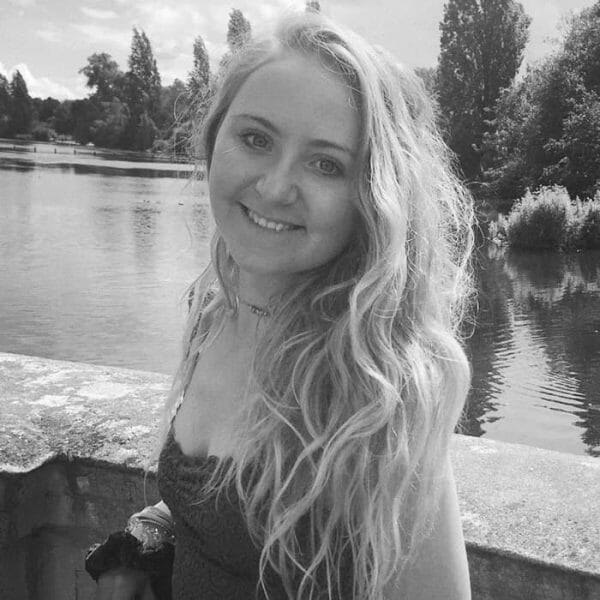We know that people get sick, need a break, have family things come up – or simply want a holiday! So as a business, your absence management is key. Look at how you keep track of who is working, when they’re working and how you can limit unplanned time off.
So, let’s create an absence management policy that meets your organisation’s needs!
What is absence management?
Absence management is the art of handling employee time off. Usually businesses do this by having policies and procedures to track and manage unplanned leave, promoting a healthy work-life balance, and ensuring a positive workplace culture.
Why is absence management important?
Effective absence management is crucial for maintaining a productive, supportive and harmonious workplace, which is so important to keep your employees happy! By implementing well-thought-out policies and procedures, you can minimise disruptions caused by unexpected employee absences.
Putting an absence management policy in place
So, how do you put an absence management policy in place?
- Define the business objectives: Clearly outline the goals of the absence management policy, whether it’s to improve operational efficiency, support employee wellbeing, or a combination of both.
- Communicate with your employees: Let your teams know that there is going to be a new absence policy put in place, provide them with a clear rationale for why this is being implemented and provide a session to explain and educate your employees.
- Document your procedures: Clearly outline the procedures for reporting absences, including the preferred method of communication, the information required, and any specific steps to follow.
- Compliance: Check that all your policies are compliant with UK labour laws, such as sick leave allowances, holiday entitlements and parental leave options.
- Flexibility: Try and include some elements to accommodate various needs, such as remote work options, flexible schedules, or alternative arrangements for leave.
- Determine what the triggers will be for Managers to instigate a warning in relation to absence. Remember that genuine absence is not a form of misconduct, but repeated short term absence that follows a pattern, may be.
How to keep track of employee absences
Tracking employee absences efficiently is really key to absence management. Start by implementing a centralised system, whether it’s a digital platform or a shared calendar, to record absences consistently.
Usually, a digital platform is the easiest option due to the many benefits they have compared to a shared calendar. With a digital platform employees will have the ability to access and request their own absences allowing them to be in control of their time without HR having to deal with it directly. Many platforms also have features like integrating with payroll software, and manager approvals- saving HR another task, as well as allowing mangers to staff their teams accordingly. Basically they make the absence management process a lot less manual!
The HR team should regularly update and maintain accurate records, noting the type of leave and the duration. This not only helps in managing workflow but also ensures compliance with company policies and legal requirements. Also, communication is vital—keep an open dialogue with your team, let them know how important it is to be transparent when it comes to reporting time off.
How to handle employee absences:
- Be understanding that people get sick, life gets busy, and employees do sometimes need to take time off for a variety of reasons. As an employer it’s important that you understand your employees. This will make them feel more supported, and more likely to return to work as soon as they can.
- Be flexible and look for an option that might allow an employee to work in a more flexible way that would avoid absence.
- Have clear guidelines. We’ve already mentioned putting a policy in place, this is something you need to do to handle your employee absences. It’ll allow you to be on the same page as each other and if an employee does break the policy will allow you to be clear with them on the process.
- Employee wellbeing. Having an employee wellbeing program can help reduce stress which can reduce absence.
- Talk to your people, and make sure your managers know how to talk to them too. Explain to everyone about their leave options, and the absence policy your organisation has. With open communication you’re more likely to find a solution which works together.
How can Cintra help with your absence management?
Once you have the basics for managing your employee absence in the workplace, know how to build a policy and have a clear idea of what your next steps are – it’s time to take a look at what software you might want to use!
Our amazing system, CintraHR integrates directly with your payroll software making your absence management process even smoother! Get to know a little more about all the features that CintraHR offers, and then get in touch with us to set up a demo today!
CINTRA HR BROCHURE



